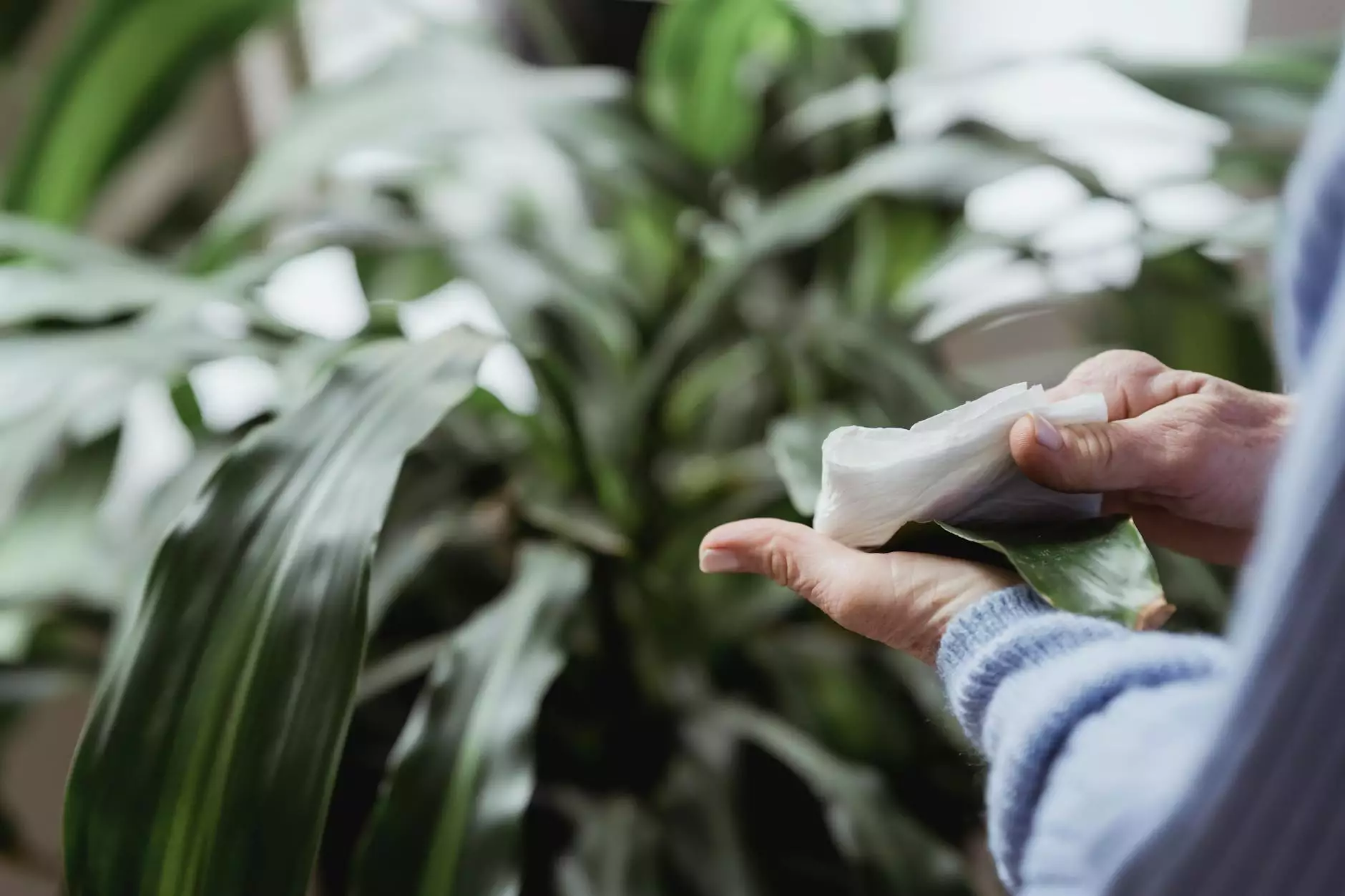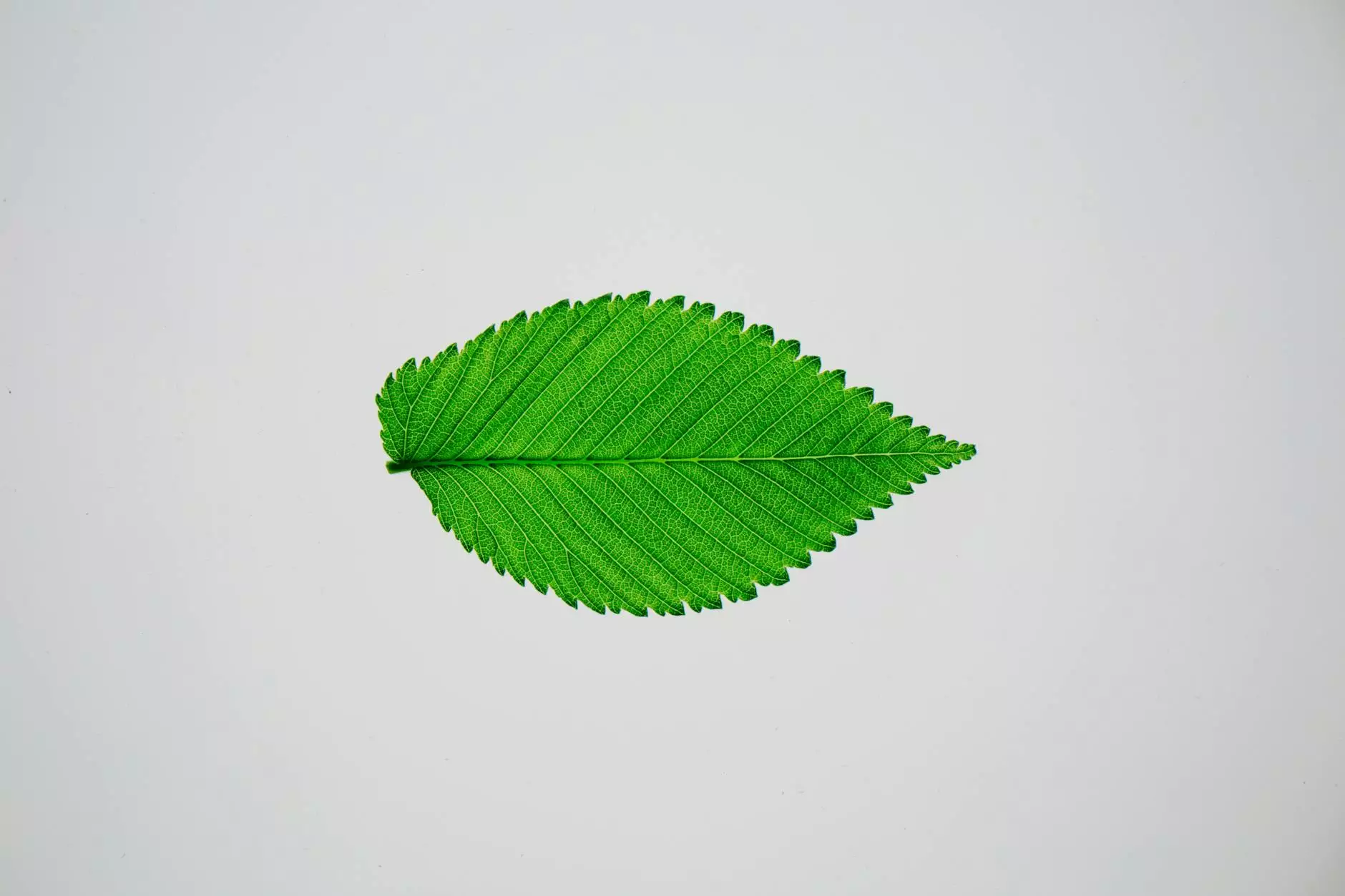Identifying Plant Problems

Introduction
Welcome to La Venezia Art & Fashion's guide on identifying plant problems. Whether you're a seasoned gardener or just starting out, it's important to be able to recognize and address any issues that may arise with your plants. In this comprehensive guide, we will walk you through common plant problems and provide you with the necessary information to tackle them head-on.
Common Plant Problems
Pest Infestations
One of the most common problems gardeners face is pest infestations. Pests can wreak havoc on your plants, causing damage to leaves, stems, and even the roots. Some common pests include aphids, mealybugs, spider mites, and slugs. To identify pest infestations, look for chewed leaves, holes, or discoloration. Additionally, you may notice a sticky residue or webbing on the plant's surface.
Disease Outbreaks
Plant diseases can be caused by various factors such as fungi, bacteria, or viruses. Common plant diseases include powdery mildew, blight, and rot. Symptoms of disease outbreaks may include wilting, yellowing leaves, or spots on the foliage. You may also observe stunted growth or a general decline in the plant's overall health.
Nutrient Deficiencies
Plants require a balanced supply of nutrients to grow and thrive. Nutrient deficiencies can occur when plants lack essential elements like nitrogen, phosphorus, or potassium. Signs of nutrient deficiencies vary depending on the specific nutrient, but common symptoms include yellowing leaves, stunted growth, and poor fruit development.
Identifying Plant Problems
Visual Inspection
When trying to identify plant problems, a visual inspection is crucial. Examine the leaves, stems, and roots of the affected plant for any visible signs of damage, discoloration, or abnormalities. Look for spots, lesions, holes, or any unusual growth patterns that may indicate a problem.
Research and Resources
Take advantage of available resources to research and identify specific plant problems. Online gardening forums, books, and plant identification guides can provide valuable information on common plant ailments. Additionally, contacting local gardening experts or extension offices can offer specialized advice for your specific region.
Consulting a Professional
If you're unable to pinpoint the issue or if the problem persists, it may be wise to consult a professional gardener or horticulturist. They have the expertise and experience to diagnose and recommend appropriate treatments for various plant problems. Their insight can help you address the issue effectively and prevent further damage.
Tackling Plant Problems
Integrated Pest Management
Integrated Pest Management (IPM) is an effective and environmentally friendly approach to managing pest problems. It focuses on using a combination of methods, such as biological controls, cultural practices, and targeted pesticide applications, to minimize pest damage while minimizing harm to beneficial insects and other organisms. Implementing IPM techniques can help control pest infestations and reduce reliance on chemical treatments.
Proper Plant Care
Prevention is always better than cure when it comes to plant problems. Providing the proper care and conditions for your plants can significantly reduce the risk of issues arising. Ensure they receive adequate sunlight, water, and nutrients. Proper spacing, pruning, and regular cleaning can also help promote healthy plant growth and prevent disease spread.
Organic Solutions
If you prefer a more natural approach to plant care, organic solutions can be effective in managing certain plant problems. Organic fertilizers, compost, and beneficial insects can help restore balance to your garden ecosystem and reduce the reliance on synthetic chemicals.
Conclusion
Identifying and addressing plant problems is an essential part of gardening. With the knowledge and strategies provided in this guide, you'll be well-equipped to tackle any issues that may arise. Remember to conduct regular inspections, seek reliable resources, and take proactive measures to maintain the health and beauty of your plants.









